Author: Christine Skirbunt
250 Years 25 Decades
One Nation in Motion
Decade 11: 1876–1885
The telephone was invented – and America started talking.
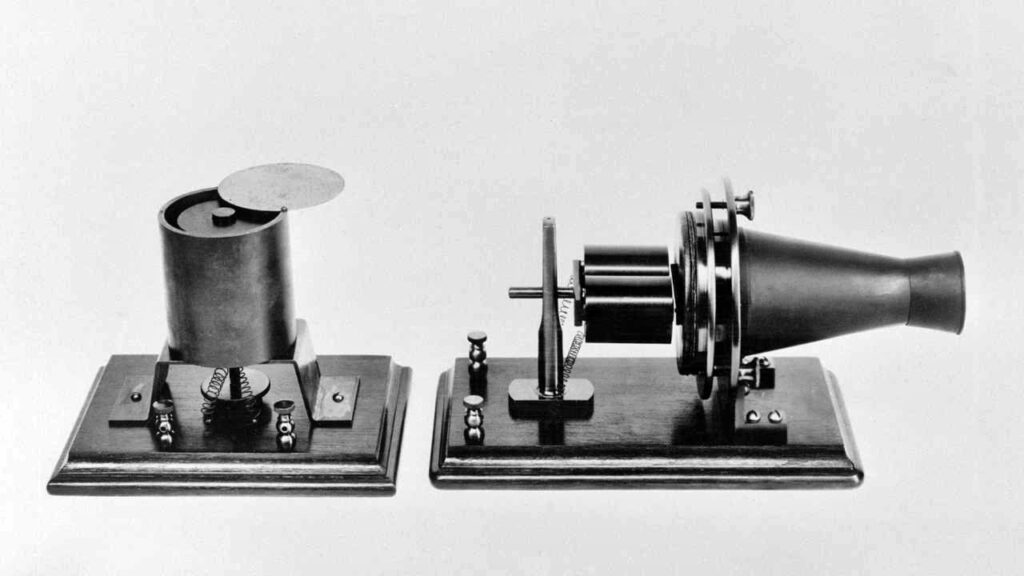
In 1876, Alexander Graham Bell was awarded the first U.S. patent for the telephone, forever changing the way people communicated. His first words over the device were, “Mr. Watson, come here, I want to see you.” They were simple, but the implications were huge. By the early 1880s, telephone exchanges began popping up in cities, bringing businesses and homes into closer and faster contact than ever before. It marked the dawn of the connected age.
Tie-in: Women quickly became central to early telecommunications. By the 1880s, female telephone operators, known for their calm voices and fast reflexes, ran switchboards across the country, providing new job opportunities in a changing workforce. Called “Hello Girls,” they replaced the unprofessional teenage boys who were first hired to run the switchboards.
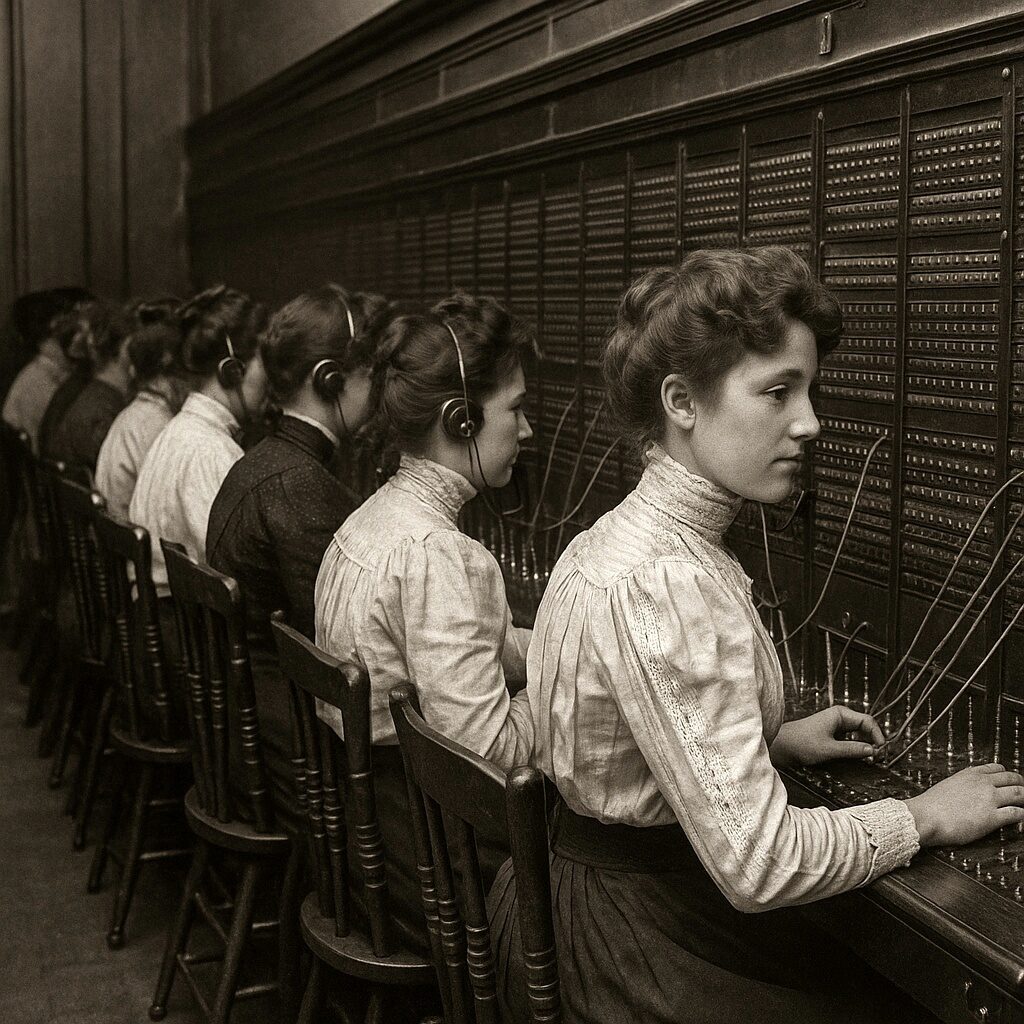
Factoid: The Statue of Liberty began construction – piece by piece.
Gifted by France, the Statue of Liberty began to take shape in the early 1880s. Its torch-bearing arm was completed first and displayed at the 1876 Centennial Exposition in Philadelphia to raise funds for its pedestal. The statue wouldn’t be fully assembled in New York until 1886, but Americans were already calling her “Lady Liberty.”
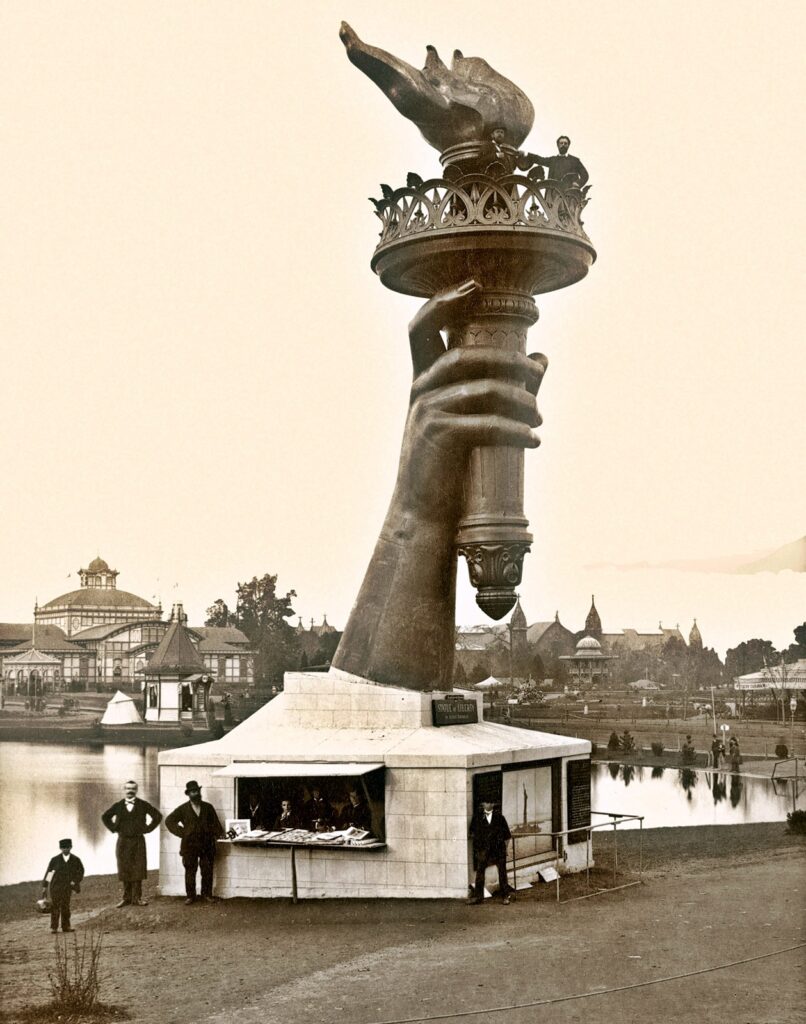
Decade 12: 1886–1895
The Statue of Liberty was completed – and lit the way for generations.
On October 28, 1886, the Statue of Liberty was dedicated in New York Harbor as a gift from France commemorating the two country’s friendship formed during the American Revolution. “Liberty Enlightening the World” quickly became more than a diplomatic gesture – it symbolized hope, freedom, and welcome, especially to immigrants arriving through nearby Ellis Island, which opened just a few years later in 1892. Though women were excluded from the dedication ceremony, a group of suffragists protested from a boat offshore, reminding everyone that liberty was still not equal.
Tie-in: Immigrant women who arrived at Ellis Island from Ireland, Italy, Germany, and Eastern Europe did so with often little more than hand-sewn clothes and a few family heirlooms. They brought old-world skills in embroidery, lacemaking, and cooking that enriched American culture in quiet, lasting ways.
Factoid: Labor Day was born from a strike.
In 1894, after the violent Pullman Strike in Pullman, Illinois shook the country, President Grover Cleveland signed legislation making Labor Day a federal holiday to try to appease the labor movement and honor workers. It was seen as a peace offering to labor unions and a recognition of the rising power of organized labor.
Decade 13: 1896–1905
America took to the skies – and began its modern age.
On December 17, 1903, near Kitty Hawk, North Carolina, Orville and Wilbur Wright achieved the first powered flight in a heavier-than-air machine. The flight lasted just 12 seconds and only covered 120 feet, but it launched the world into the age of aviation. Newspapers barely noticed at first, but within a few years, the Wright brothers were international celebrities, and America’s imagination took flight…literally.
Tie-in: The turn of the century brought new styles for a new age. Women’s fashion began shifting from Victorian constraints to shirtwaists and tailored walking skirts, designed for modern, mobile women ready to work, ride bikes, and vote.
Factoid: Theodore Roosevelt became president – and shook things up.
After President William McKinley was assassinated in 1901, Teddy Roosevelt became, at age 42, the youngest president in U.S. history to this day. With his “speak softly and carry a big stick” approach, he pushed for conservation, trust-busting, and a more assertive American role on the world stage.
Decade 14: 1906–1915
The Triangle Shirtwaist Fire exposed injustice – and helped spark reform.
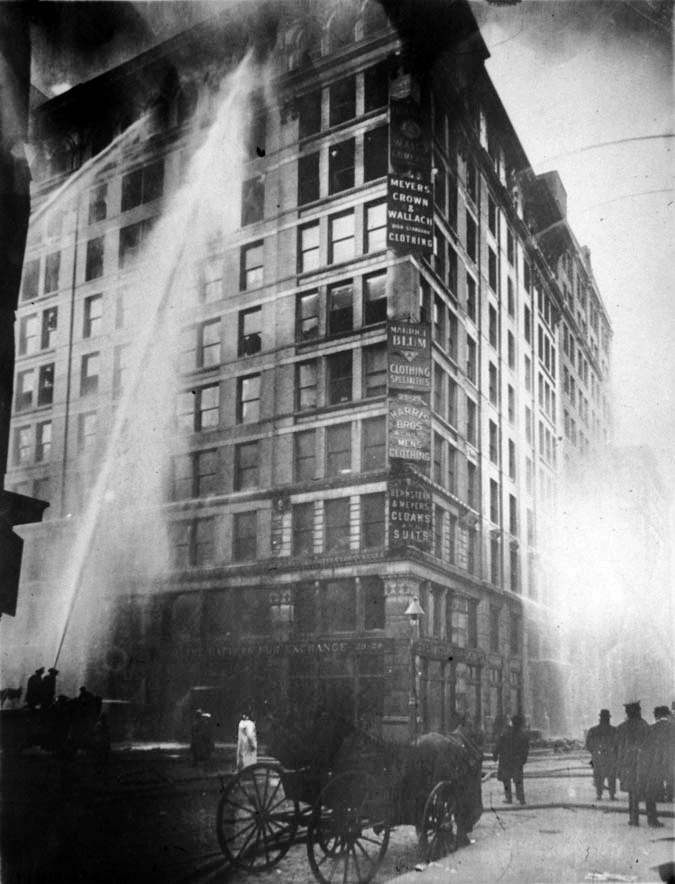
On March 25, 1911, a fire broke out on the 8th, 9th, and 10th floors of the Triangle Shirtwaist Factory in New York City. Everything that seemingly could go wrong did and the building quickly became a death trap: the fire centered on the top floors where firefighter’s ladders were unable to reach, fire escape doors were locked to prevent workers from stealing or leaving early, the outside fire escapes collapsed when the women tried to use them, and there were no sprinklers. 146 of the 500 workers (mostly young immigrant women) died, with 62 of them perishing by leaping from upper story windows to escape the flames. The tragedy horrified the nation and incited a wave of Progressive Era reforms, including stricter fire codes, labor protections, and safety regulations. It also galvanized support for the labor movement and gave new urgency in the fight for workers’ rights.
Tie-in: The Triangle victims were wearing the very blouses they helped create: shirtwaists, a symbol of modern womanhood and economic independence. The blouses typically featured a tailored collar, buttons down the front, and long sleeves. They were often tucked into a skirt. The young women’s deaths exposed the cruel irony of progress without protection.
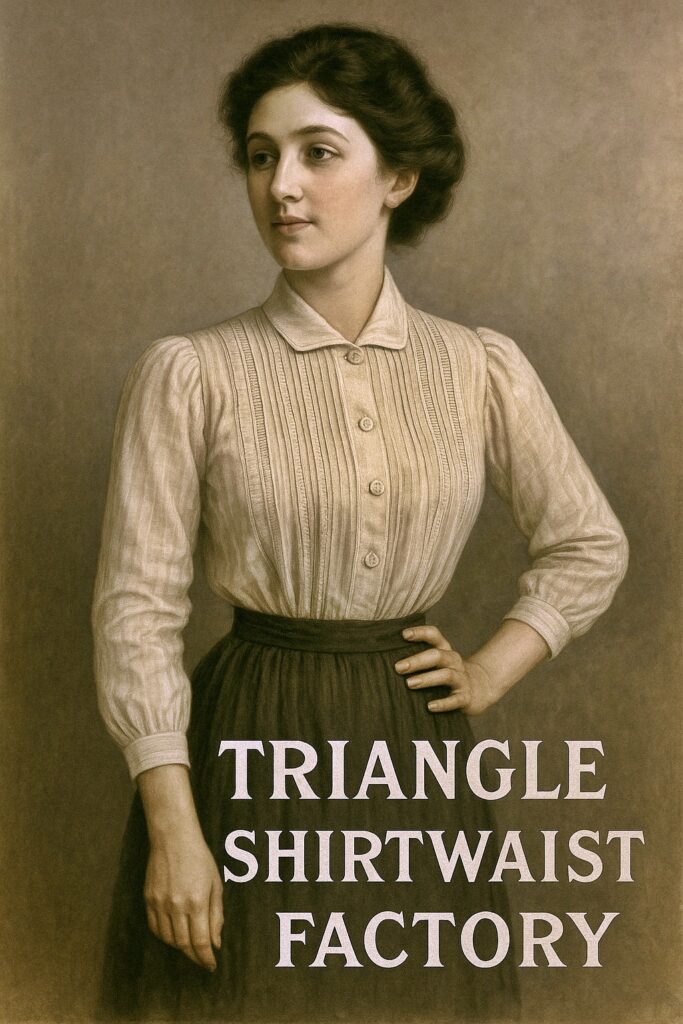
Factoid: The Titanic sank – and revealed class divides.
On April 15, 1912, the Titanic, the largest ship in the world, struck an iceberg and sank on its first voyage. It vanished beneath the ocean a mere two hours and forty-minutes after its impact with the iceberg. Of the more than 2,200 people on board, over 1,500 died. Many of the third-class passengers who perished did so because they were left trapped on their lower decks as many of the gates to the upper decks were never unlocked. The tragedy revealed how class and privilege shaped even survival – and spurred changes in maritime safety laws.
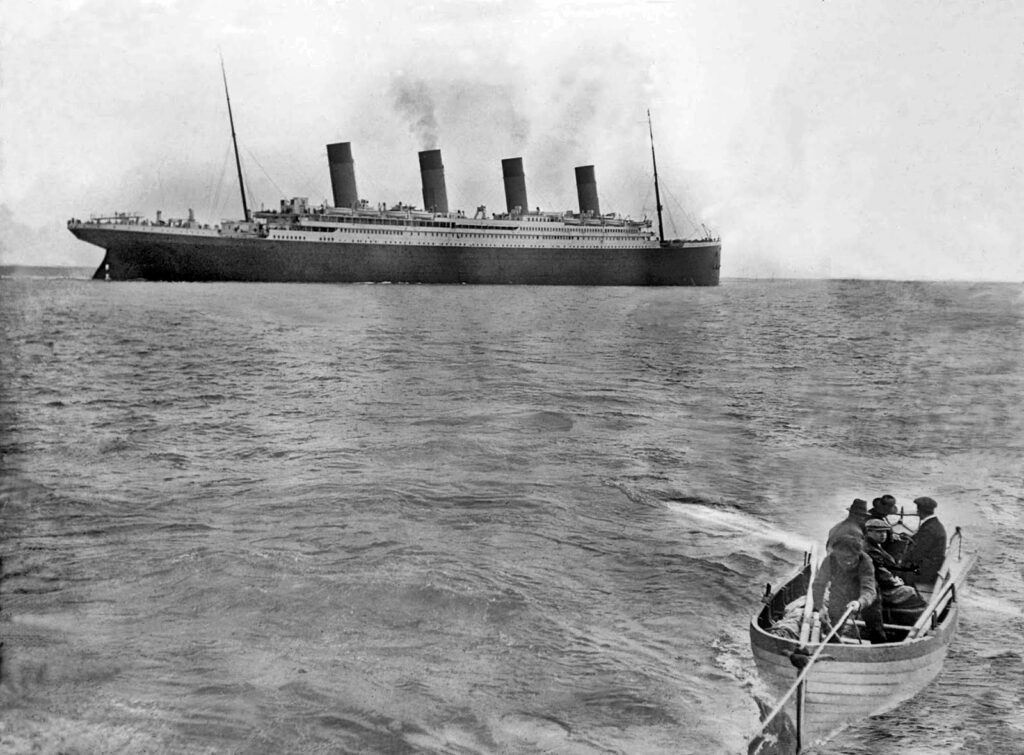
Decade 15: 1916–1925
Women won the vote after generations of struggle.
On August 18, 1920, the 19th Amendment was ratified, guaranteeing American women the right to vote. It marked the end of a 72-year battle led by tireless activists like Susan B. Anthony, Ida B. Wells, Alice Paul, and countless lesser-known women who marched, lobbied, and were even jailed for demanding equal political voice. Though many Black, Native, and immigrant women still faced barriers at the polls, it was a landmark victory for democracy and the beginning of a new era in American civic life.
Tie-in: White dresses, sashes, and wide-brimmed hats became iconic symbols of the suffrage movement – blending fashion with fierce political messaging in parades and protests across the country.
Factoid: American troops entered WWI – and brought jazz with them.
On April 6, 1917, the U.S. joined World War I, sending over two million troops to Europe. Alongside them came a uniquely American sound: jazz. Black military bands, like that of James Reese Europe, introduced jazz rhythms to European audiences, helping spark its global popularity.
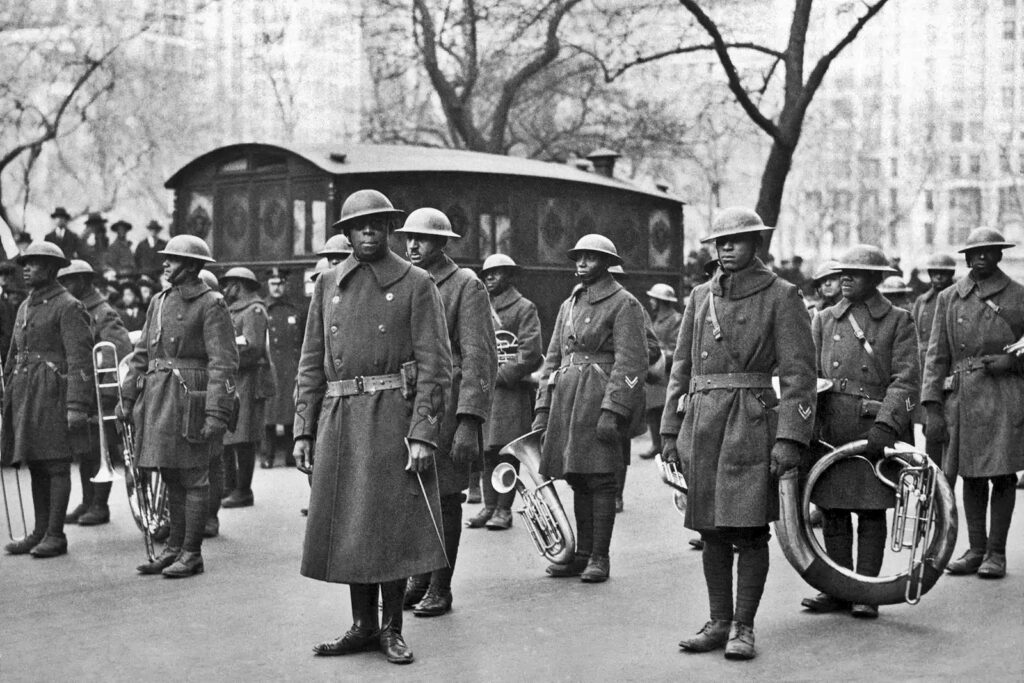
Image Sources:
- The First Telephone: https://www.scotlandswild.com/alexander-graham-bell
- Women Working a Switchboard, circa 1880: ChatGPT
- Statue of Liberty’s Arm at 1876 Centennial Exposition: https://commons.wikimedia.org/wiki/File:Statue-Of-Liberty-Arm-1876-Phildadelphis-Centennial-Exposition.jpg
- The Triangle Shirtwaist Fire: https://en.wikipedia.org/wiki/Triangle_Shirtwaist_Factory_fire
- Triangle Shirtwaist Blouse Worn by Model: ChatGPT
- Last Known Picture of The Titanic: https://rarehistoricalphotos.com/last-photo-titanic-1912/
- Lt. James Reese Europe and Members of His 369th Infantry Regiment (aka the Harlem Hellfighters) Jazz Band In A Parade Upon Their Return to the United States From Europe, 1919: https://www.reddit.com/r/HistoryPorn/comments/18zo971/lt_james_reese_europe_and_members_of_his_369th/

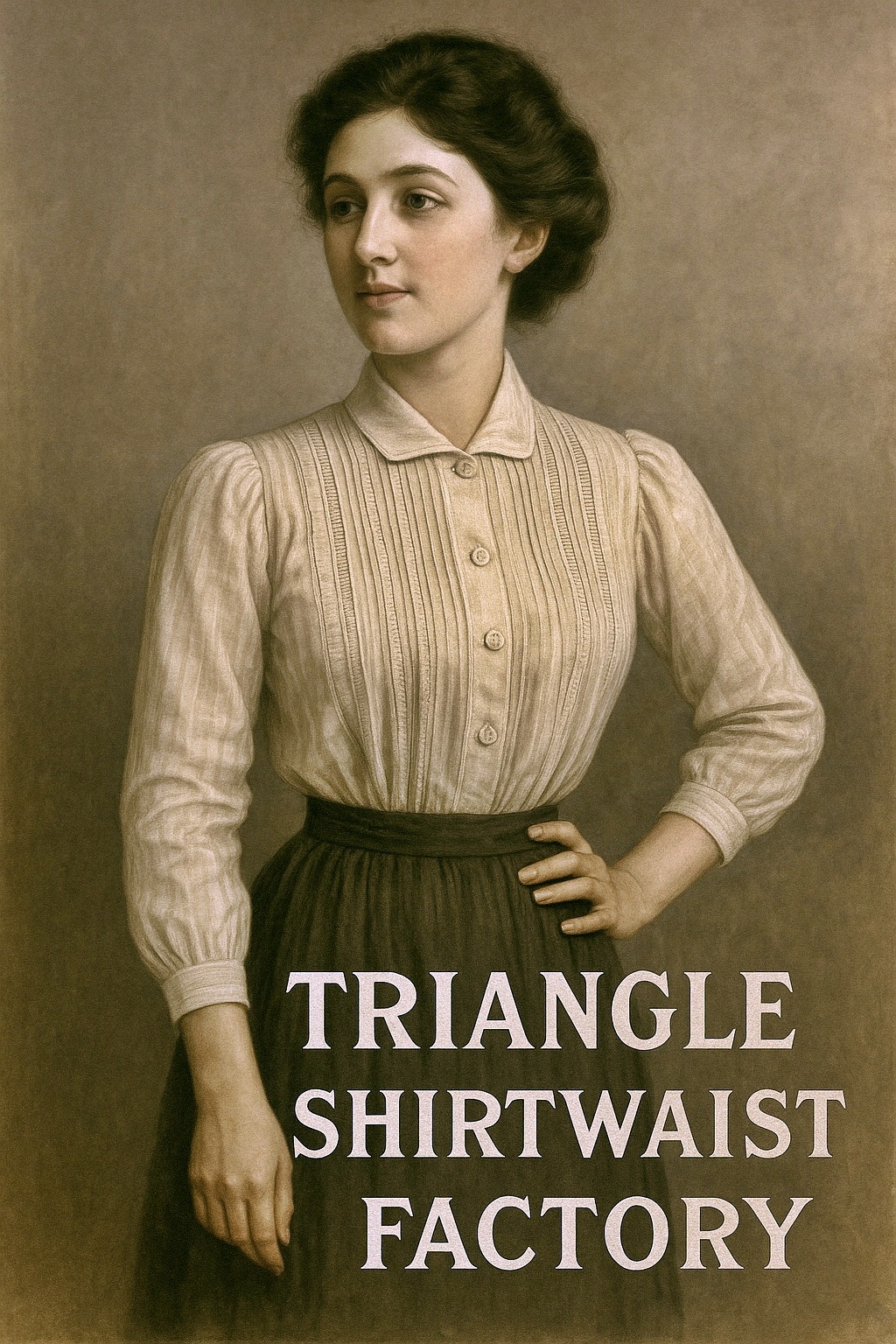
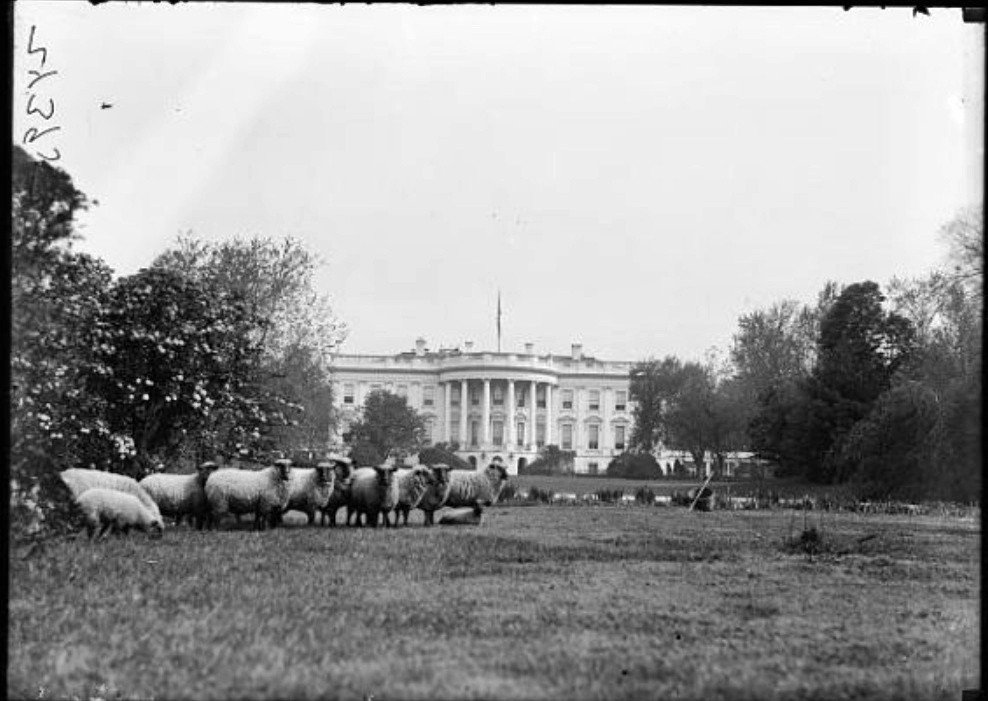
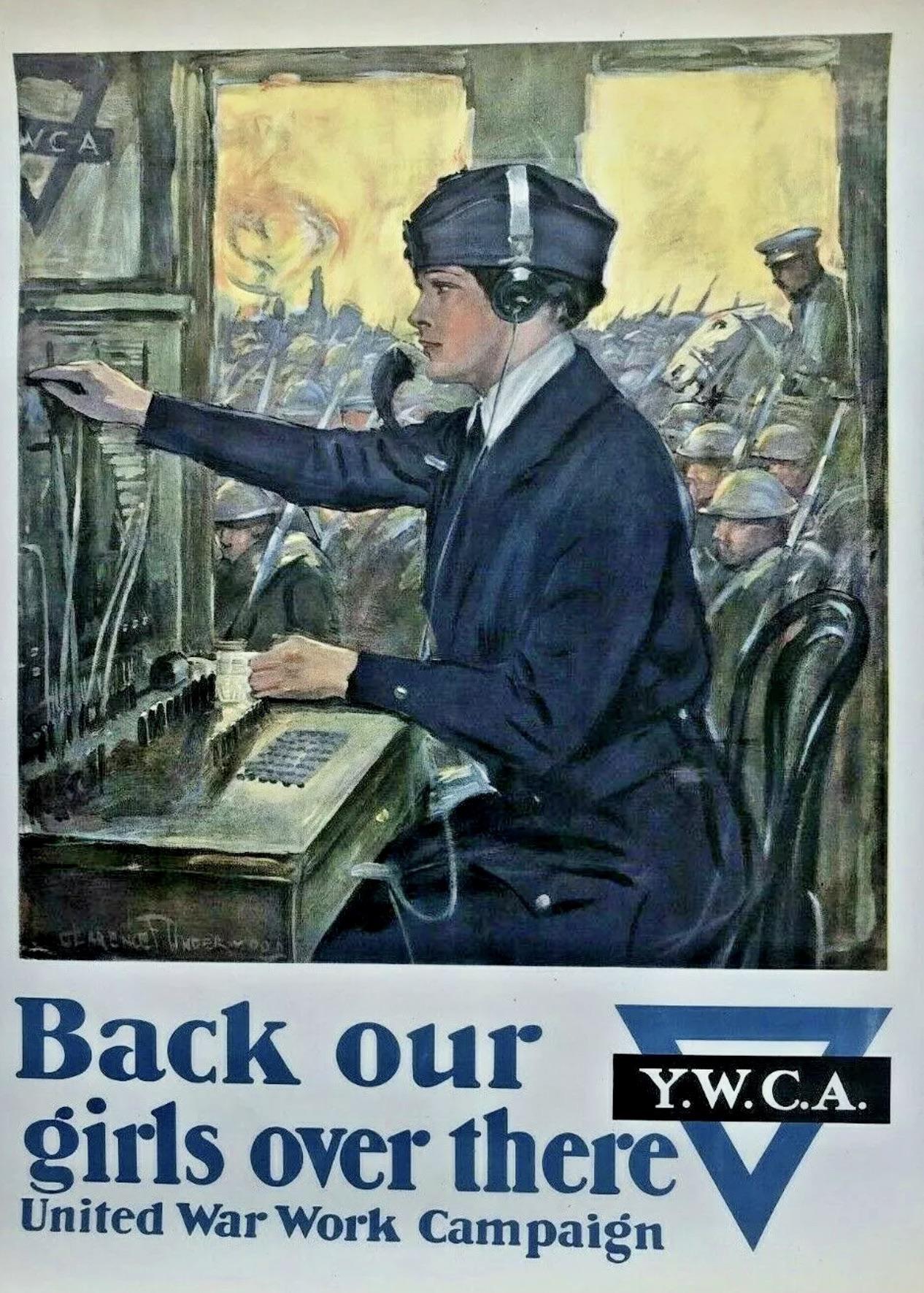
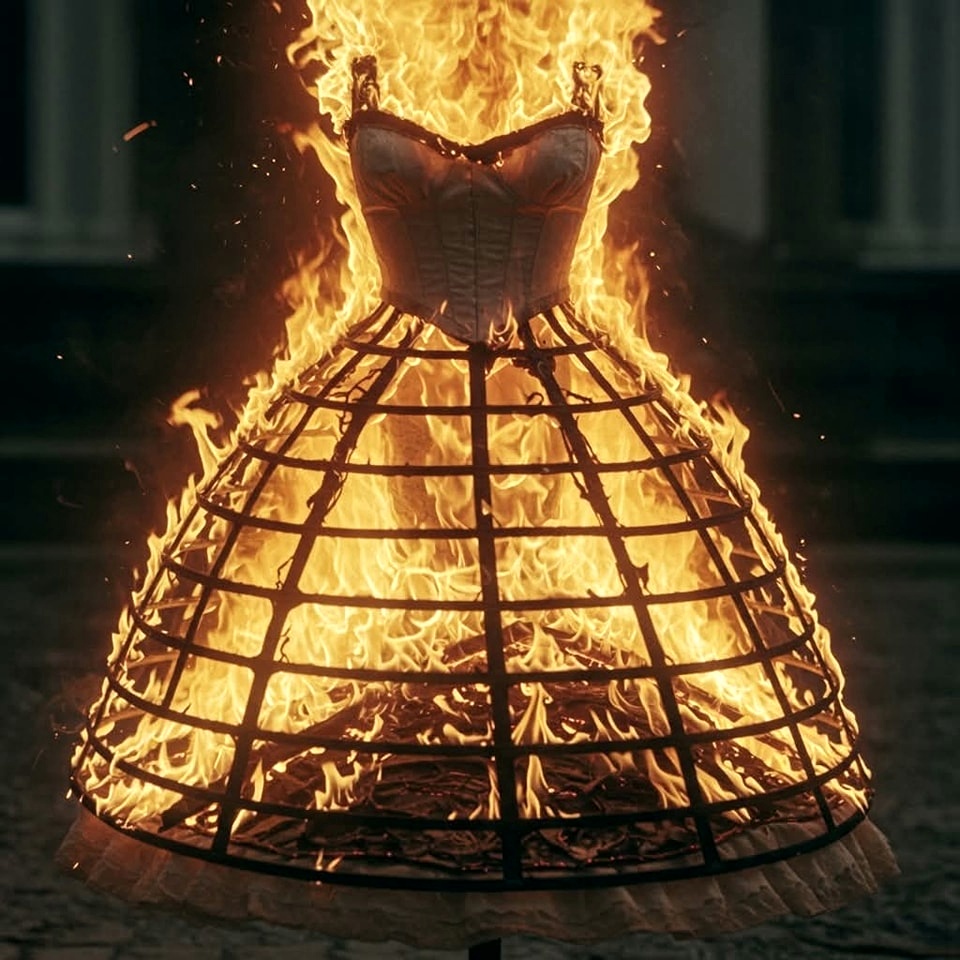
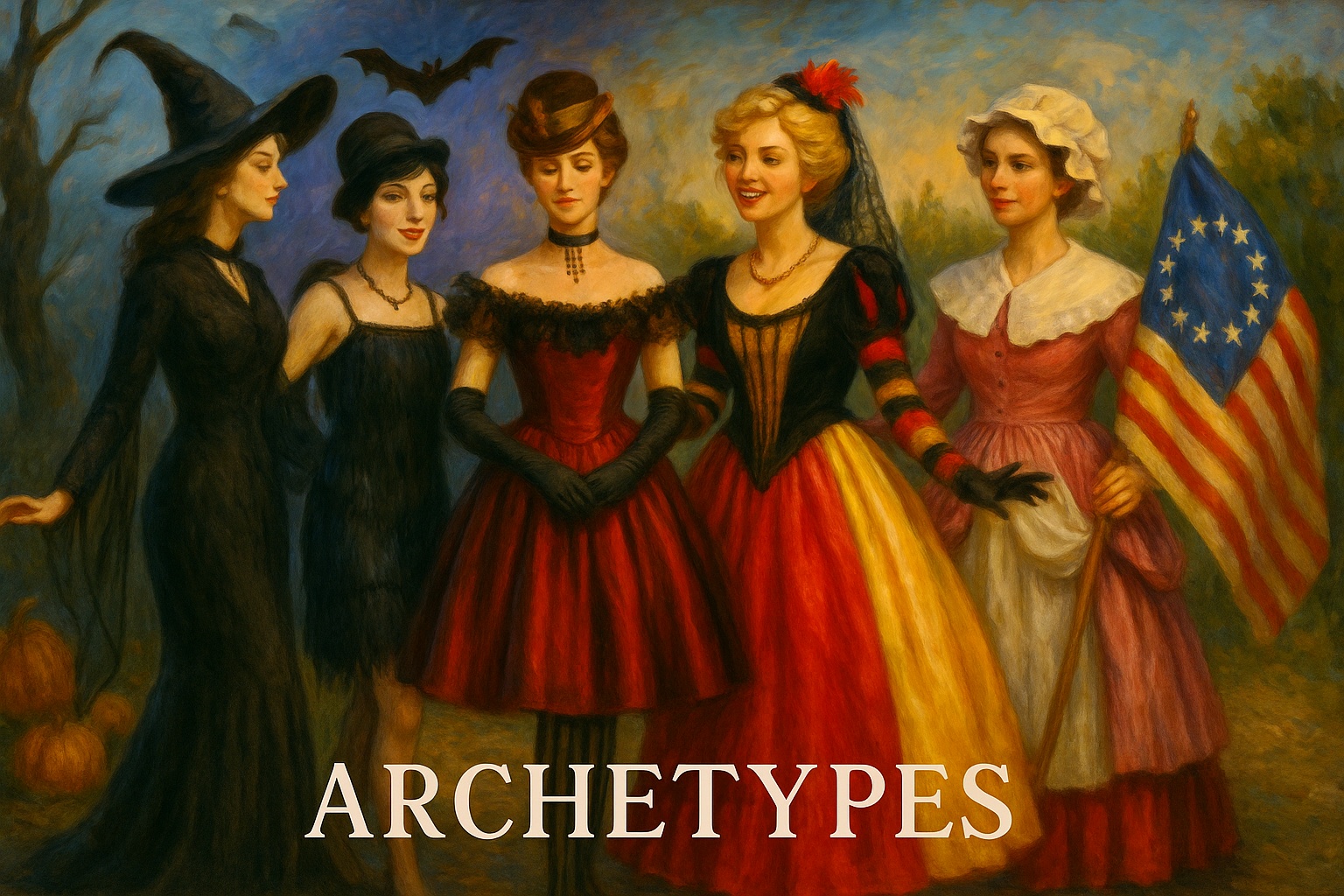
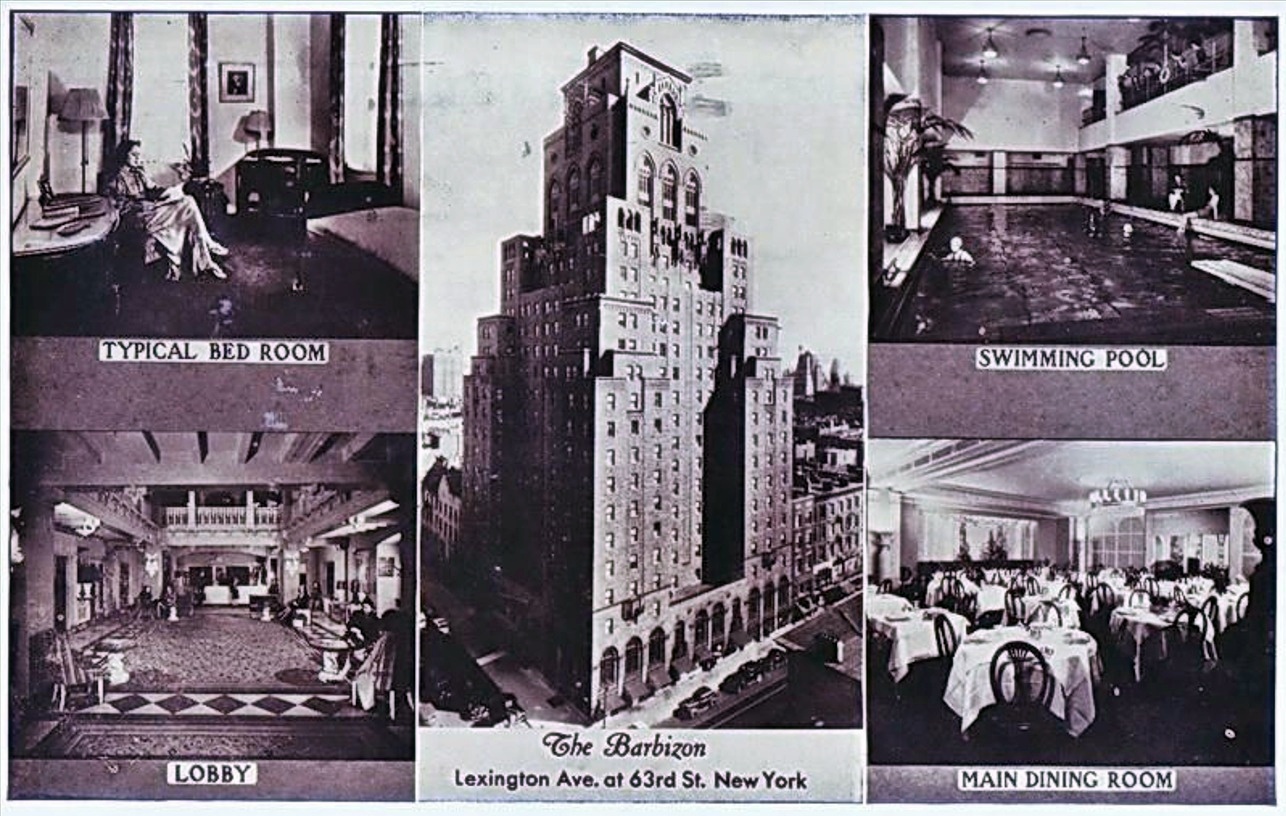
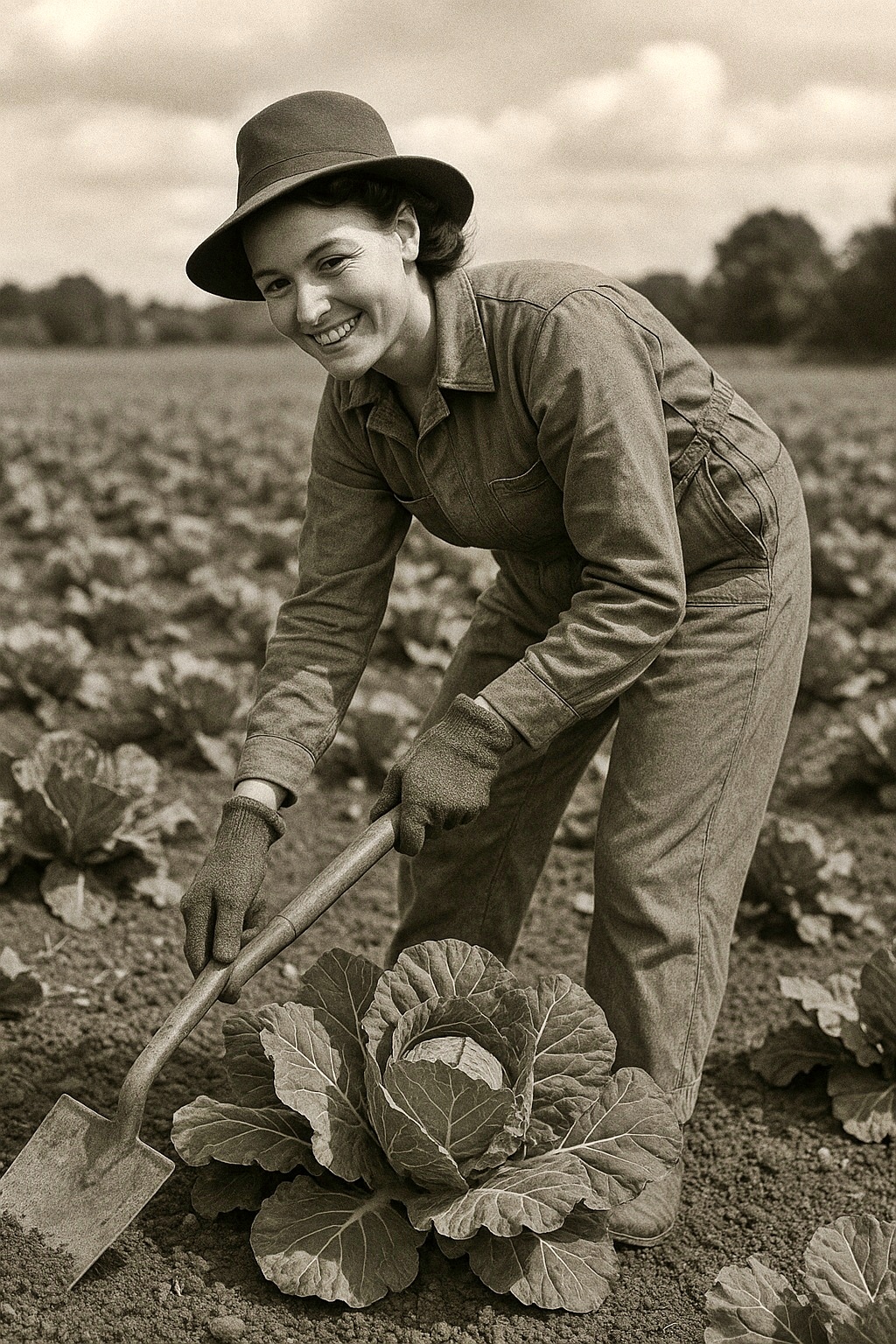

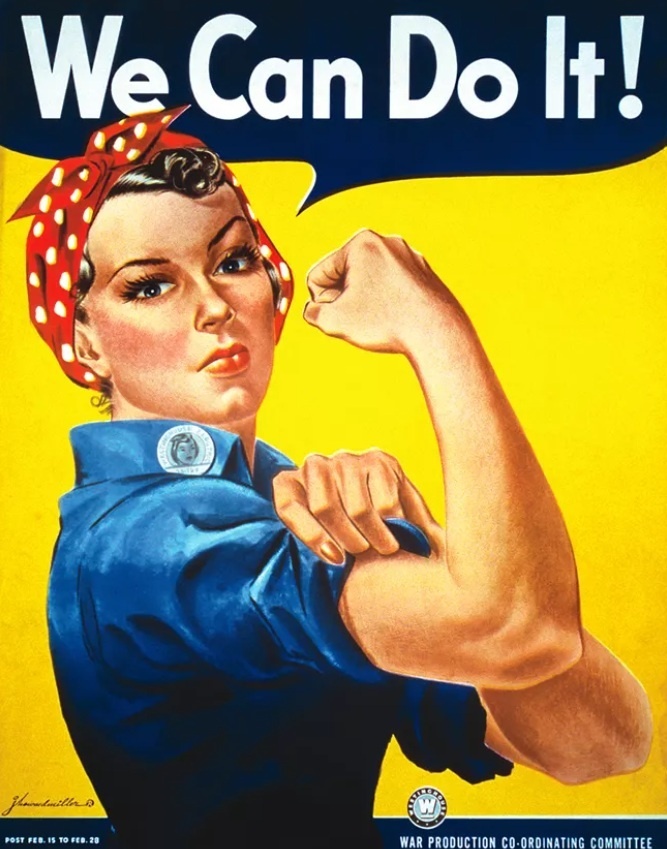
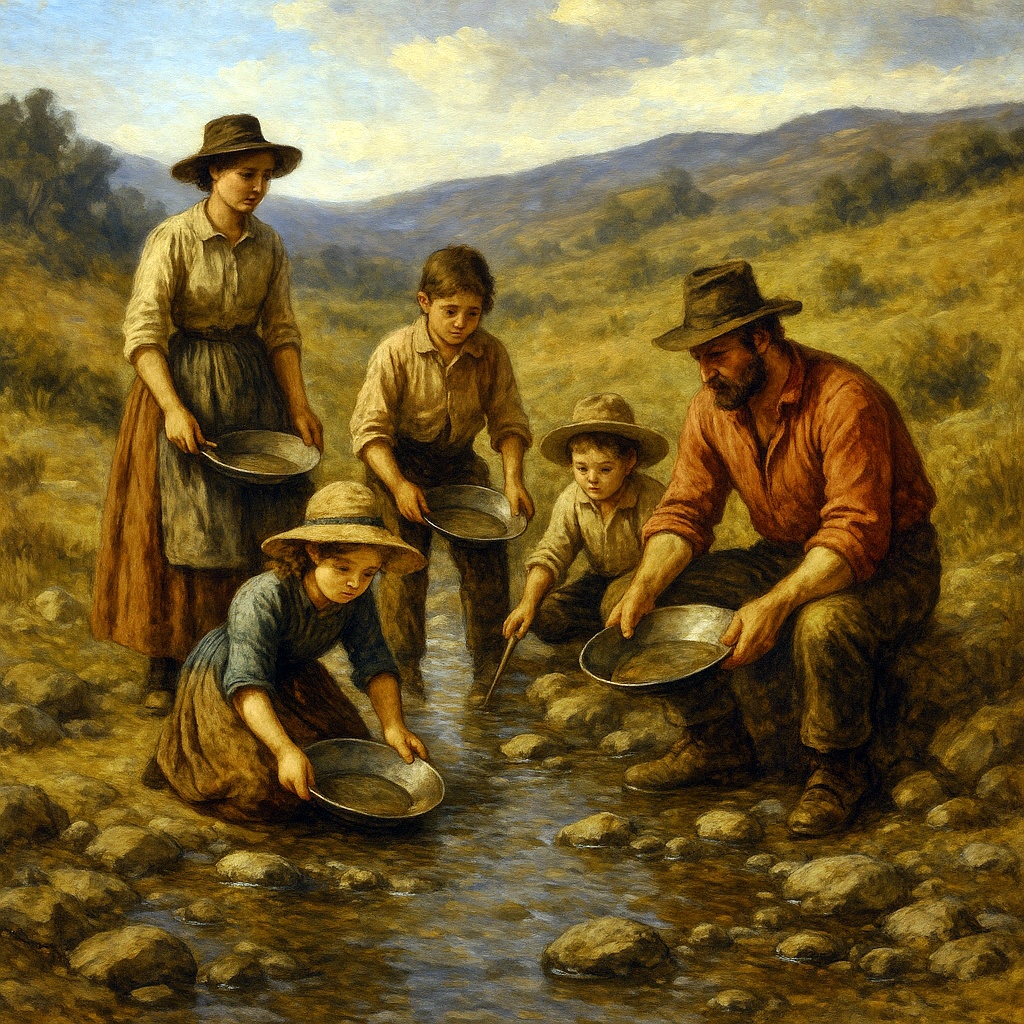
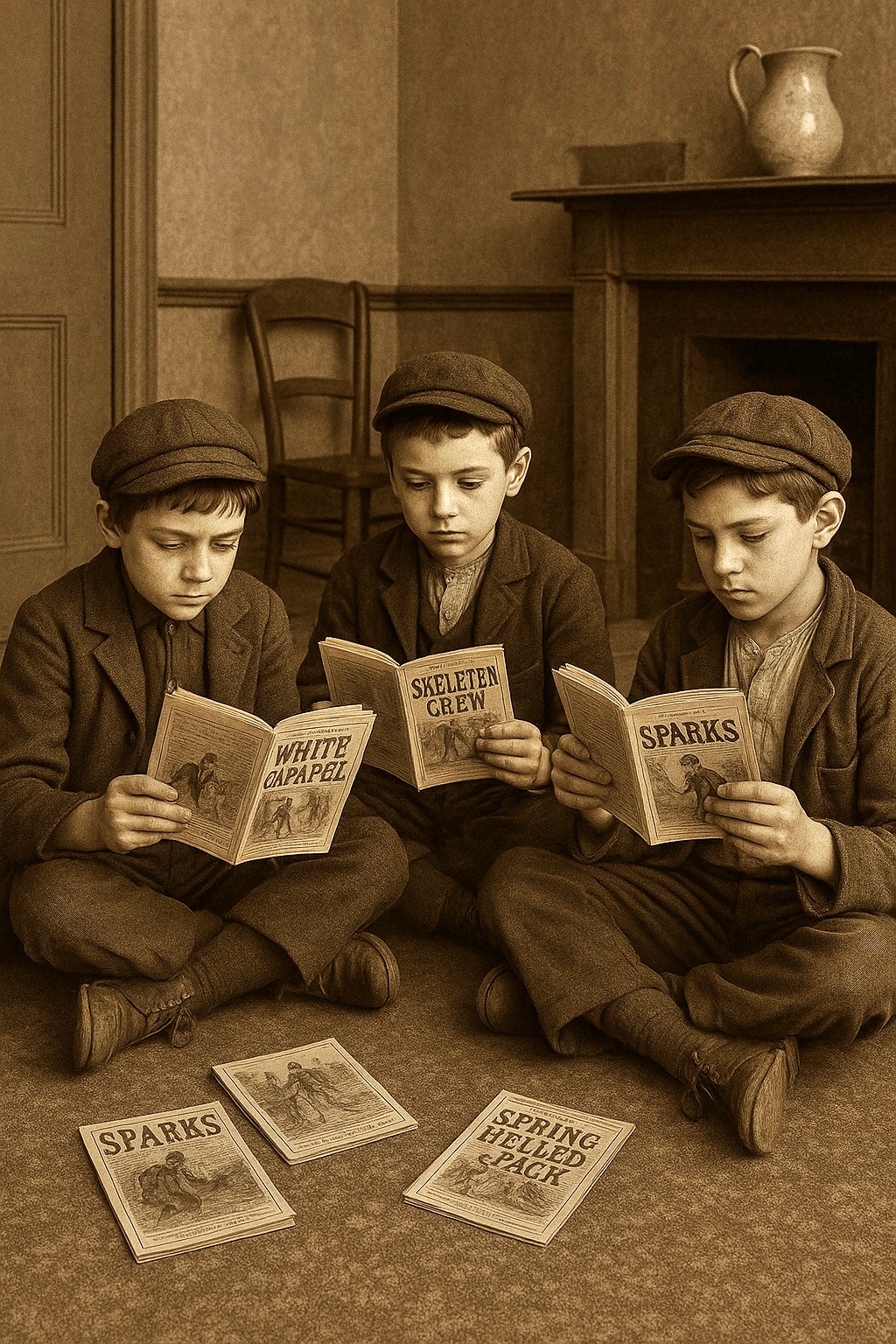
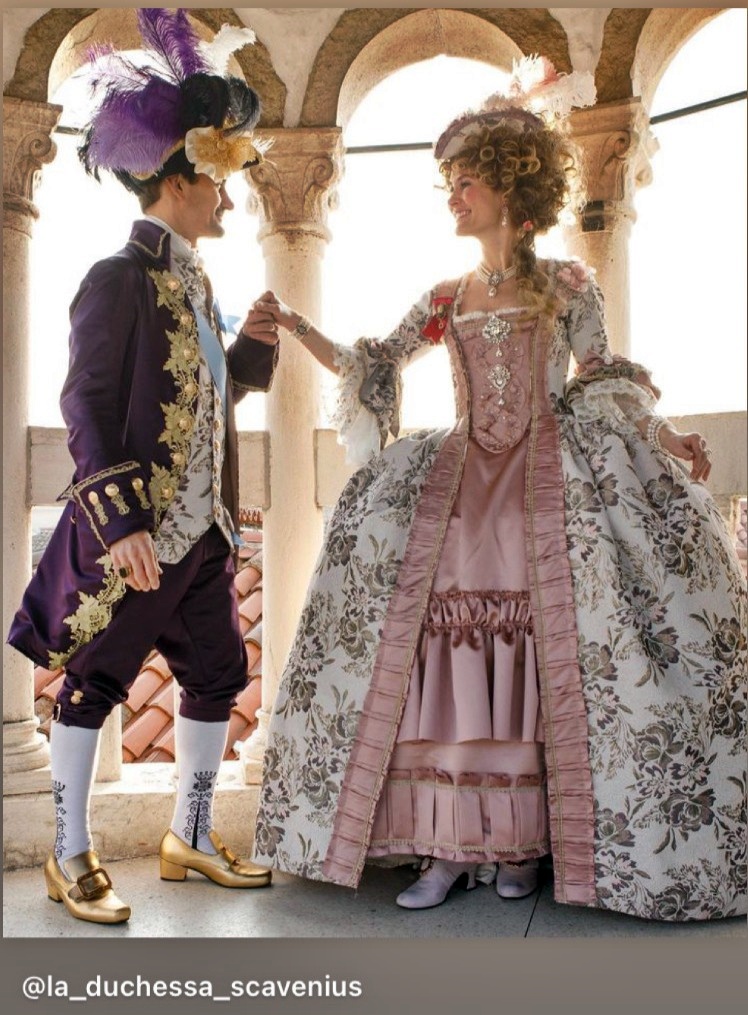
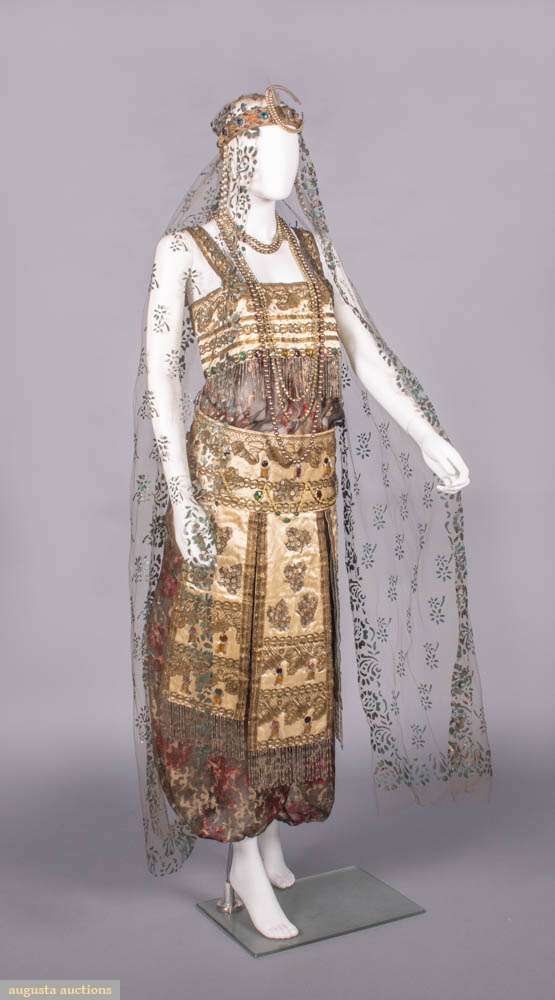
Leave A Comment